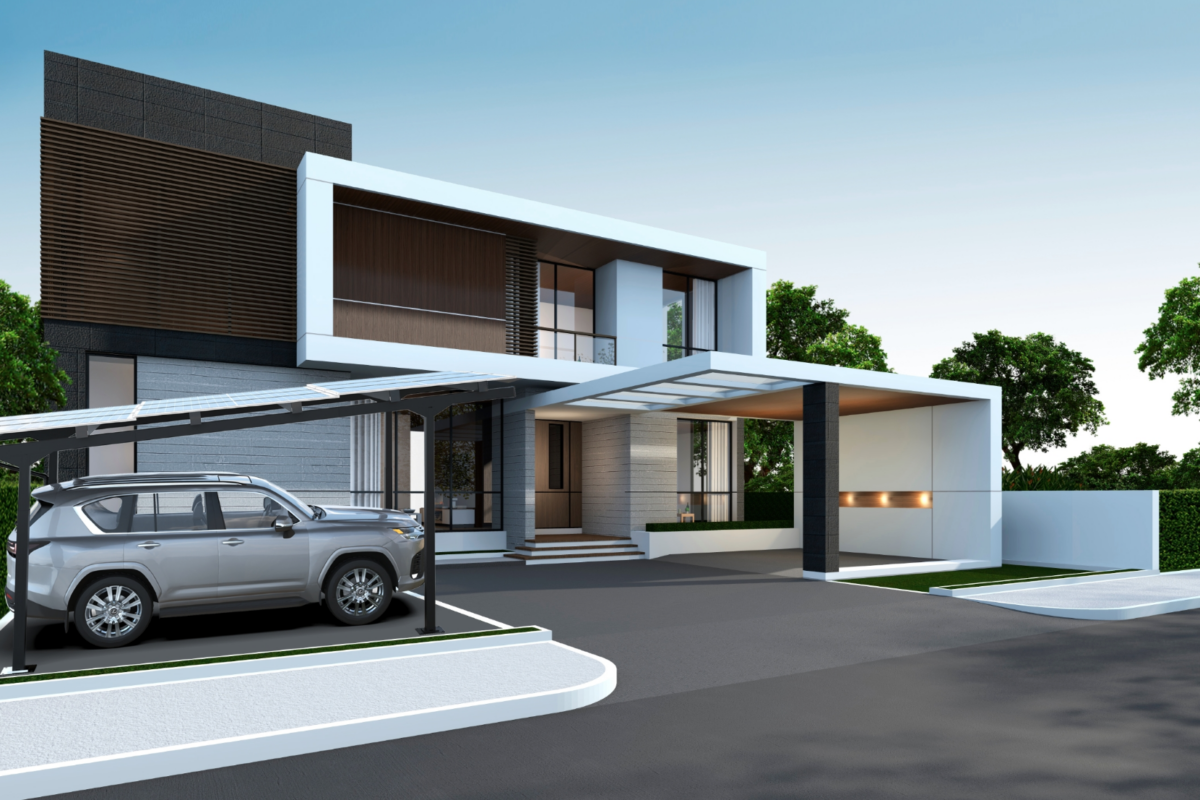The Australian unit of South Korean solar module maker Hanwha Q Cells has revealed that more and more installers and residential customers are looking at going off grid, as policymakers continue to contemplate changes to make room on the grid for more renewables, including rooftop solar PV.
Australia’s booming rooftop solar market delivered a record-breaking 2.6 GW of rooftop solar in 2020, while another 4 GW is expected to be installed this year. Despite the benefits, the proliferation of small-scale solar has increased the pressure on grid infrastructure, which was built when power only flowed one way.
Accordingly, the Australian Energy Market Commission (AEMC) – the governing body responsible for making the rules for the national electricity market – has unveiled a draft determination on distributed energy resources (DER) to ease pressure on the grid as the boom in rooftop solar continues.
Included in the reforms package is a proposal for a two-way pricing mechanism – labelled by some as a sun tax – which would allow distribution networks to reward DER owners for sending power to the grid during peak demand periods and to charge them for sending power when it is not needed.
Q Cells Australia Marketing Director Myung Shim told pv magazine that the talk about export charges had initiated plenty of discussion in the rooftop solar PV sector.
“More and more installers and consumers (are) thinking about going off grid … the level of inquiry around going grid independent – what are the options and alternatives to being dependent on the grid – has been rising and it’s understandable,” she said. “Even if you don’t understand what all these energy management systems and policy changes are, in the end, if you are asked to pay for something that you didn’t have to pay for in the past by the grid operator or network provider, of course you will think about options.”
Shim said the options include batteries, with the proposed rule changes sparking renewed interest in energy storage solutions.
“Contrary to all the research in the energy market, Australians have been putting off buying or installing batteries, but people are now thinking a battery is something they should install soon, not look at as a future investment,” she said. “Now they are saying maybe I can have this solar system and battery installed and perhaps I can go 100% off grid. I will have my own generated energy, I will maximise my self-consumption and if I have something left over, I can store it and then I can sell it when I can make extra revenue at the most attractive nominal value.”
More than 2.6 million Australian houses already have solar modules installed on their roof. And that number is expected to double in the next 10 years. Conservative estimates suggest Q Cells commands about 12% of Australia’s annual rooftop solar PV market. And Shim, who confirmed that more than 85% of the company’s revenue comes from residential and small commercial rooftop, said it is conscious of its responsibility to help deliver a solution which will allow more small-scale renewables into the electricity grid.
Shim said while talk of tariffs has dominated discussions since the AEMC released its draft determination, technology will be critical to solving the problem of ‘traffic jams’ on the network.
“It all ties back into technology,” she said. “No matter what, this whole conversation leads to the demand for more sophisticated energy technology … It’s about us as manufacturers trying to really keep up and be aware of trends and changes in the market.”
The final determination on the AEMC’s draft rule is due for release in July.
This content is protected by copyright and may not be reused. If you want to cooperate with us and would like to reuse some of our content, please contact: editors@pv-magazine.com.




By submitting this form you agree to pv magazine using your data for the purposes of publishing your comment.
Your personal data will only be disclosed or otherwise transmitted to third parties for the purposes of spam filtering or if this is necessary for technical maintenance of the website. Any other transfer to third parties will not take place unless this is justified on the basis of applicable data protection regulations or if pv magazine is legally obliged to do so.
You may revoke this consent at any time with effect for the future, in which case your personal data will be deleted immediately. Otherwise, your data will be deleted if pv magazine has processed your request or the purpose of data storage is fulfilled.
Further information on data privacy can be found in our Data Protection Policy.